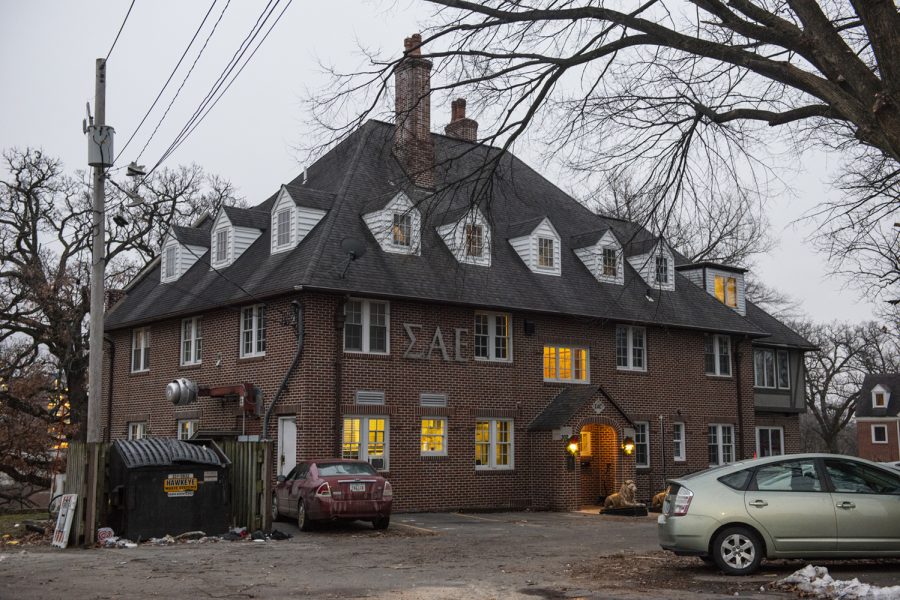The Iowa Valley Habitat for Humanity is making an effort to improve affordable housing options in the Johnson County area, and it is including locals in the discussion.
One conversation started Thursday during the workshop “Affordable Housing in a Tight Market,” which focused on formulating ideas to address the housing needs in Johnson County.
“I’ve been working with Habitat for over a year now,” said Iowa City resident Kathleen Schnitker, who attended the workshop. “I want to see how sustainability and affordability will continue to progress in the future.”
Sally Scott, the board president of the Iowa Valley Habitat, said many community institutions, including the Iowa City School District, recognize the need for affordable housing throughout the area — not just in specific neighborhoods.
“Overall, this is an area with high employment and good economic standing, and I think this is a good basis for collaborative efforts,” she said.
Scott said from 2000 to 2012, housing values in Johnson County went up 15.6 percent, but the median income decreased by 7 percent during the same period.
She noted that there are more than 2,000 households in Johnson County paying more than 50 percent of their income on housing, and 8 percent are in poverty, which is also an increase.
Michael Bodaken, the president of the National Housing Trust who spoke at the event, said as the need for more housing at a lower cost is increasing, the assistance the federal government is able to offer is decreasing.
“Only one out of every four families eligible for rental assistance receives it,” he said. “For every new [affordable housing] unit in Johnson County, we lose two.”
Bodaken gave the example of families with $15,000 annual incomes —roughly minimum wage. He said 82 percent of that population pays more than one-third of their income to housing, and 70 percent pay more than one-half.
Bodaken said one solution for developing more affordable homes is the Low-Income Housing Tax Credit. The credit effectively uses tax policy to help develop affordable rental houses. Currently, the credit has a portfolio of approximately 2,000 projects nationwide that have been affected by the policy.
Another solution discussed at the forum was energy-efficiency among homes.
“Low-income households spend 22 percent of their income on energy costs, which is twice what middle-income families pay,” Bodaken said. “Utility costs present the best opportunity to reduce operating expenses and help sustain affordability.”
Greg Rosenberg, a business development manager for the Jones Payne Group, an architecture and planning firm based in Massachusetts, spoke at the forum about a previous project he worked on to create an urban-eco village. The village, he said, focused on creating affordable housing with low-energy costs.
Rosenberg said creating such affordable housing is something that has to arise from the whole community coming together.
“Sustainable housing means thinking in long-term time horizons,” he said.






